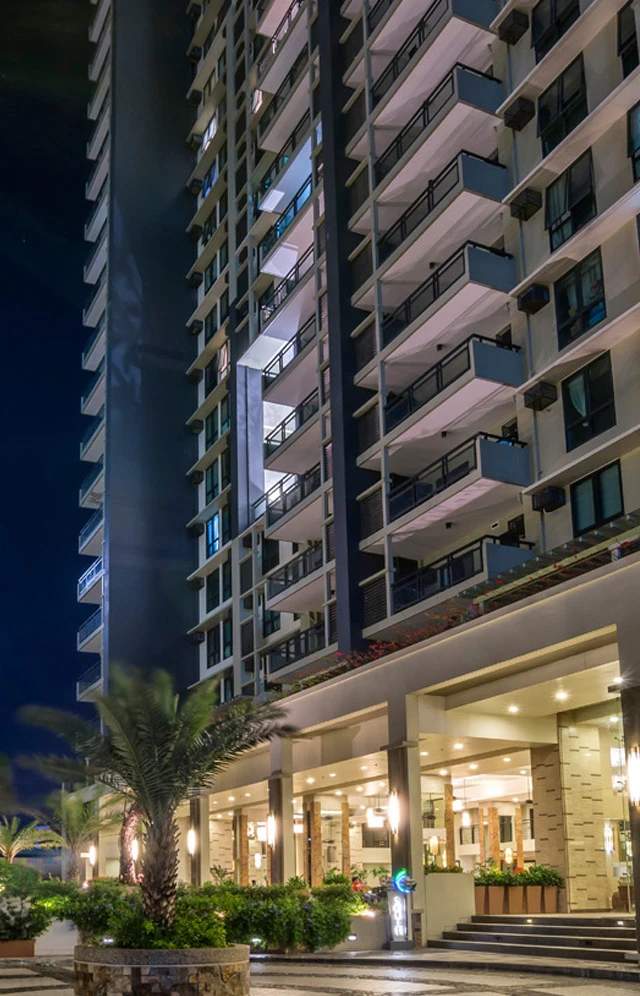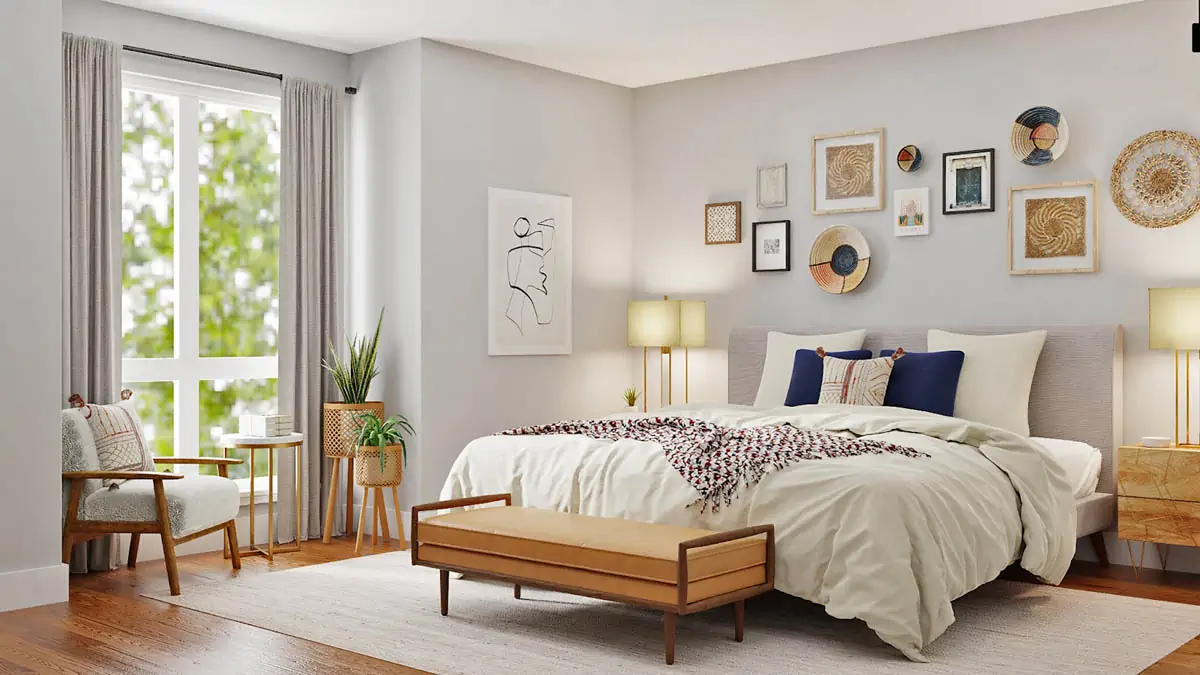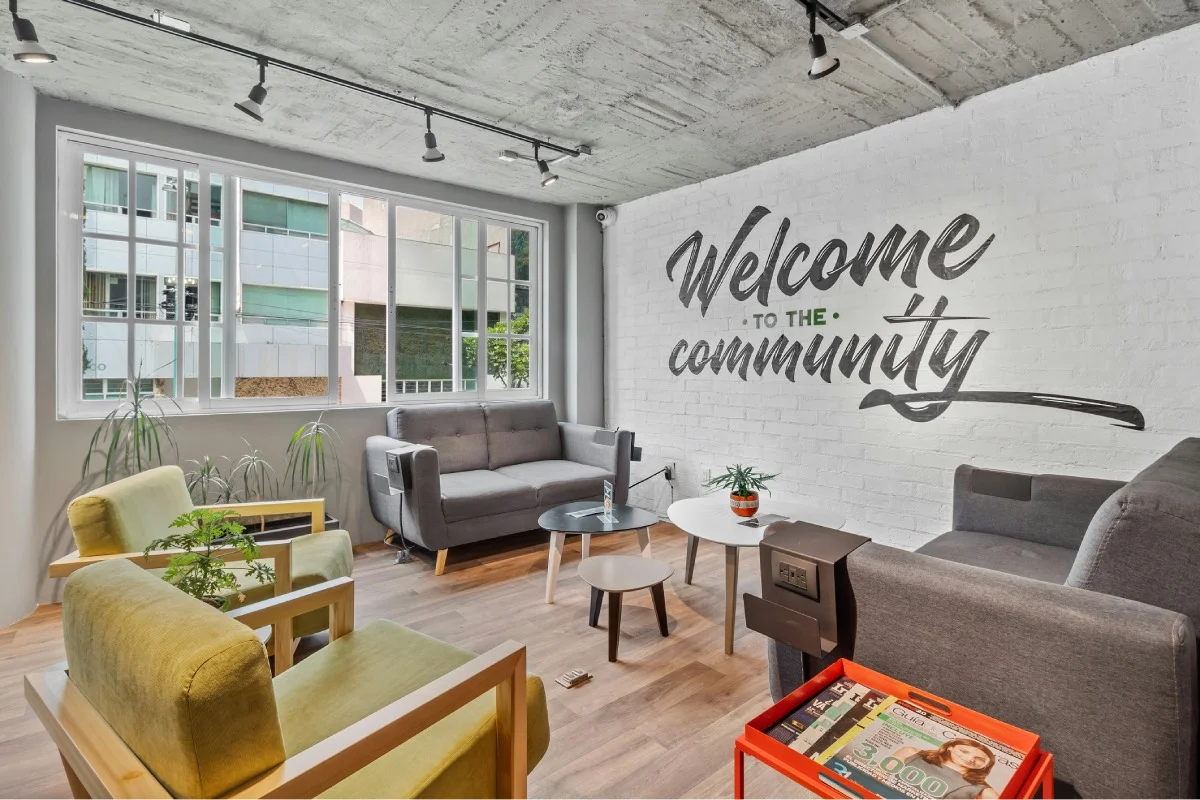Want to rent your condo out for the very first time? If you’re thinking of putting your real estate up for lease, you’ll have to take some very important things into consideration first. One of the first things you’ll have to decide is how you’ll set up your property whether you’re going to rent out a condo fully furnished or bare in today’s real estate market.
As a condo owner, you have to weigh the pros and cons of each setup for your rental needs so you can determine which is better suited to your situation and achieve the most success. By learning about the ins and outs of renting out a fully furnished condo unit versus a bare one, you can make informed real estate decisions that will help you achieve exciting property goals.
Looking for tips on choosing the right setup for your unique needs? Look no further than this guide prepared by the DMCI Homes Leasing Services.

Photo courtesy of Blue Bird via Pexels
The meaning of a fully-furnished unit: Pros and cons
A fully-furnished condo unit is a property that comes with all the furniture, appliances, fixtures, and home essentials needed for a tenant to live comfortably. In theory, they should only have to bring their personal belongings into the space. Everything else should already be readily available in the home.
The perks of renting out a furnished unit include:
- More short-term tenants - Because the home you’re leasing is already set up, tenants that don’t intend to stay long will be more attracted to your space. They come and go, and won’t be needing to buy their own furniture, resulting in a higher turnover rate and more opportunities for rental.
- Higher rental rates - Condo leasing is a great way to earn passive income - especially if the home is already fully prepared. With a complete setup, you can charge higher rental rates, thus earning you more over time.
- Higher security deposits - Since the property is more valuable than a bare space, you can request a higher security deposit from your prospective lessees. This will ensure that they take care of your property, keeping your investment secure.
- More high quality tenants - At the same time, the higher price point will attract people with higher, more stable incomes and lifestyles as well. Because renting out a complete property requires responsibility on the part of the lessees, you’ll more likely reel in tenants who can actually afford to take care of the space.
Of course, there are a couple of drawbacks to this style of rental. If you’re not prepared to furnish the home with things tenants would love, you may find this preparation style more costly and maintenance-heavy than you’d like.
Think you’d prefer a simpler rental scheme for your property? Then check out this next section on the pros and cons of bare units.
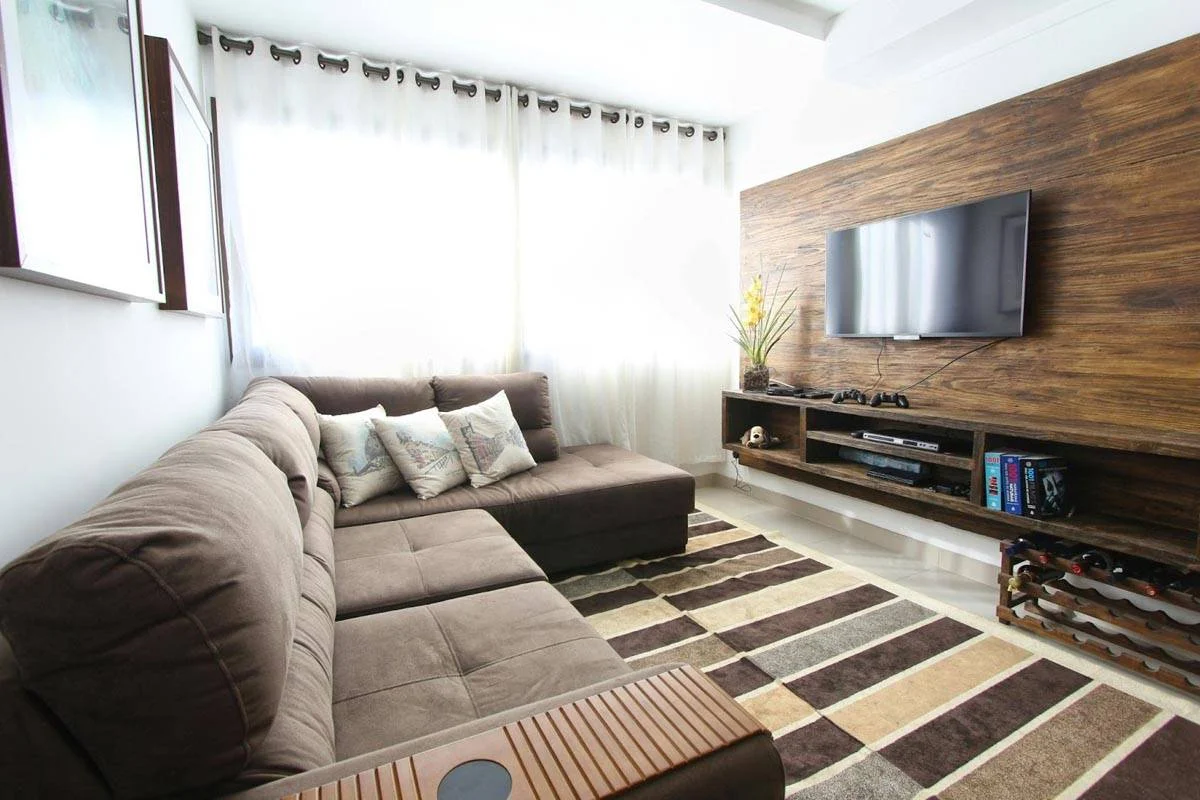
Photo courtesy of Pixabay via Pexels
The meaning of a bare unit: Pros and cons
A bare unit setup, as the name suggests, is a property with no added furniture, appliances or decor. In renting one out to a tenant, the expectation is that the tenant will bring in all the things they need to make their living experience a comfortable one.
Here are some of the unique benefits to renting out an unfurnished unit:
- Lower initial cost - As a lessor, you won’t need to spend as much money furnishing the home for lessees who want a bare unit. This results in way fewer expenses prior to you leasing out the property to your target market.
- Tenant personalization - This consideration in choosing a condo is key for certain lessee markets. If a tenant is looking for a condo that is flexible and bare-bones enough for them to personalize, then your space will be perfect for them.
- Easier management - This type of property rental is much easier to manage than a fully designed rental. Because there are fewer furnishings for you to worry about, you won’t need to keep track of their upkeep or maintenance over time.
- Fewer financial risks - Another pro is that you won’t endure as many financial risks with a bare unit as compared to a place with lots of stuff in it. You won't have to worry about people stealing expensive furniture or your appliances depreciating, because the space you're leasing out is unfurnished.
Even with all these pros, there are still a couple of cons. This type of property attracts a unique, and potentially limited, target market. It’s not that no one wants to rent your condo - it’s that you have to find the right people who want to rent a bare unit and make it their own. This target market also expects lower renting rates, since you’re leasing out a space without additional furniture and furnishings.
With all these pros and cons in mind, you should have a better idea of what you want from your lease. To settle your decision for leasing your unit, continue on to the next section for other important setup factors.
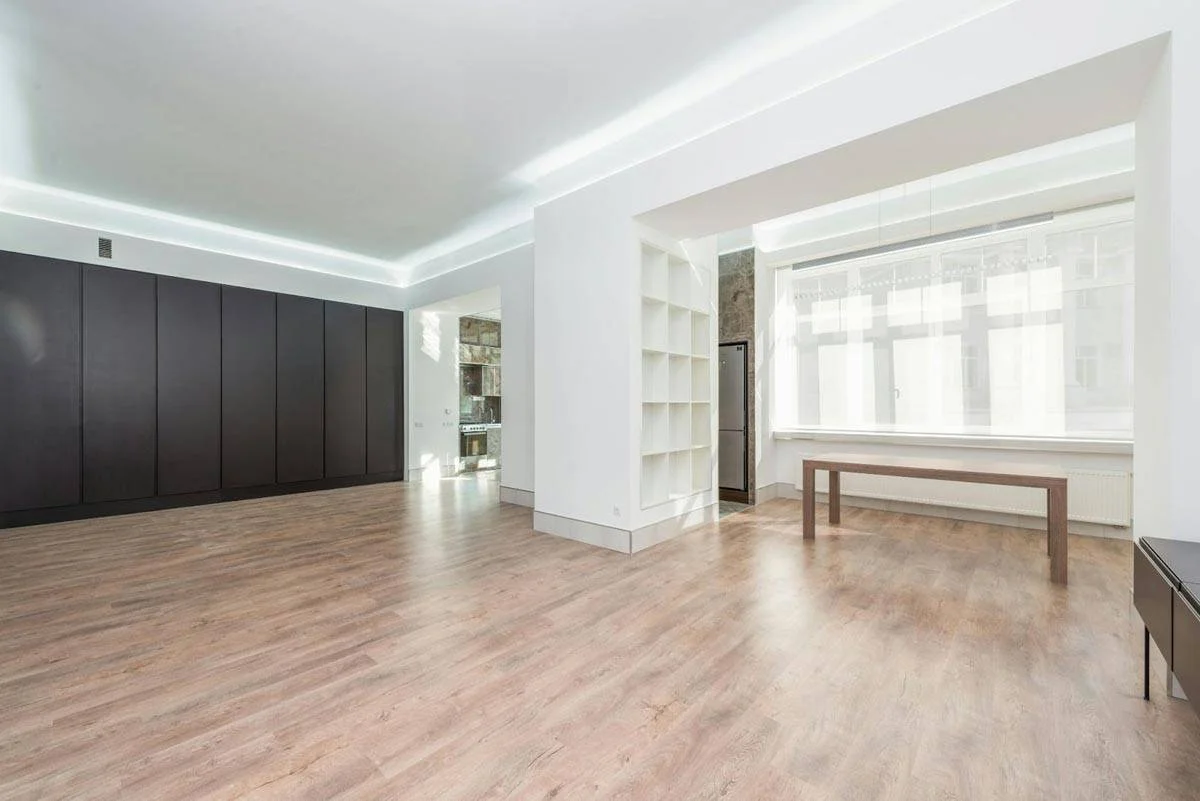
Photo courtesy of Max Vakhtbovycn via Pexels
Setup factors to consider for a condo for rent
While pros and cons are helpful for your decision to furnish your property or keep it bare, you’ll also want to consider other important factors for your leasing journey. Here are some of the top setup factors you need to consider when preparing your condo for rent:
1. Property location
The location of your real estate investment is one of the ways you can determine your choice of preparation for tenants. If, for example, you’re located in a touristy area with lots of malls, parks, and attractions, you’ll want to furnish your home for short-term renters who want a relaxing stay without purchasing an expensive room at a hotel. If you’re located in a quiet suburban area, however, you might attract more renters who want to start from scratch in designing and personalizing their long-term condo living experience.
You can expect more short-term renters if your property is near fast-paced tourist spots or schools, while you can expect more long-term lessees if you’re near residential communities. Wherever your condo is located, remember to assess the area to determine what setup will work best for a successful lease.
2. Target market
Another factor you should consider for your setup is the market you aim to target for your lease. What age or income level do you wish to target for your rental? Make sure to study recent renting statistics to see what demographics are most likely to rent your property out in today’s day and age.
Additionally, remember to analyze rental trends in your location as well. Is the target market in your area looking for places with more affordable rental prices? If they can afford a fully furnished condo, then you can go for that but if they can’t, consider going for a bare space instead.

Photo courtesy of Karolina Grabowska via Pexels
3. Finances
In determining your choice of setup, consider your financial situation as well. While renting out your unit is a great way for you to earn, ask yourself if you can afford to furnish this space versus the potential rental income it may generate. If you can’t afford the initial costs of a fully furnished condo, that means a bare unit might be the best way to go.
Consider future costs as well in this decision as these will serve as factors affecting the profit from your rental. If you go for a home that’s stocked with furniture and appliances, can you afford the inevitable expenses of their maintenance and replacement? If you can’t, then you’ll want to rent out a bare one instead.
4. Flexibility
Tenant flexibility is another factor you’ll need to think of when preparing your space for lease. A fully prepared home, for example, offers convenience for people likestudents who rent a place for just a year. However, this setup will limit other types of tenants who have their own design and furniture preferences.
Think about the overall appeal of each condo setup in the real estate market at large. If you want to appeal to a wider range of tenants who are looking for comfort and convenience, furnish your property. If you want to appeal to long-term renters or people who want to personalize their homes, go for a bare rental.
5. Long-term strategy
The last consideration you should have when choosing between setups is your long-term strategy for your real estate investment. If you think now is the best time to lease, then you need to determine what your investment goals will be over the next few years - like if you plan on selling the place in the future, or if you intend to maximize your income through continuous rentals instead.
You should also assess your investment’s value under each setup. A fully furnished condo may allow for higher rent payments, but it will also require more maintenance, and may even depreciate more quickly over time. A bare unit won’t garner as much profit, but it may depreciate more slowly.
Now that you have all these important factors in mind, one more thing you’ll want to do is to consult with experts in the real estate industry. By talking to leasing professionals like the ones at DMCI Homes, you can feel fully prepared for your rental journey and even enroll your unit to have it successfully leased on your behalf.

Photo courtesy of Karolina Grabowska via Pexels
Key takeaways
Think you’re ready to choose the right setup for leasing success? Remember to bring these key reminders with you to guide you on your rental journey:
- Study your market thoroughly. What do the people in your location truly need in terms of real estate? Study market trends and the preferences of your potential lessees to see what setup will actually work best for these prospective clients.
- Assess your current and future finances. By assessing your short-term and long-term financial capabilities, you can pick a setup today that will ensure the least amount of financial strain.
- Consult with experts. Don’t be afraid to reach out to the leasing professionals at DMCI Homes for questions or expert advice on your upcoming rental plans.
To stay up-to-date on DMCI Homes Leasing options, remember to check out our social media accounts too: Facebook, X, Instagram, and YouTube.

